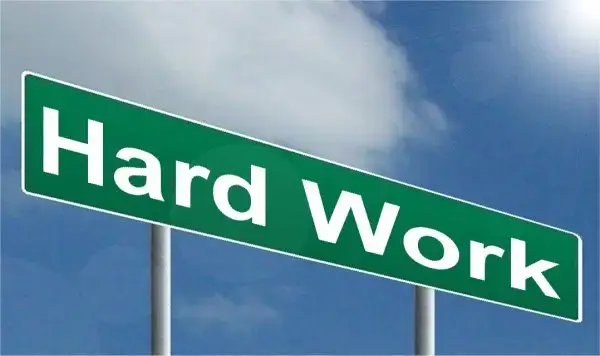Burnout is that feeling when life’s opportunities stock up like a child’s Lego tower, one block away from falling over. American culture requires us to spend a large portion of our day at work, which for many is the main source of the climbing Legos. It might also be school, extended family, or the kids; but it is burnout regardless of the definition or source.
The following are ways to identify indicators that you are trending toward burnout. It is important to understand tangibles that signal you are heading down the road to burnout before you reach it.
Understand your mental baseline for activities, and know when there is increased frustration. Self-awareness is the first line of indication and de-escalation.
Look out for cues from people within your inner circle. Outside of self-awareness, my wife is my second-tier indicator that I am progressing down the path of burnout. At this point, I have been unable to quell my stress and frustrations, and my optimistic mindset has been defeated. My wife knows that I am a direct communicator, so she will ask me if I am doing all right or tell me to slow down. Some people may communicate in a non-verbal method by trying to distance themselves from you, or attempting to snuggle up on the couch to get you to relax.
Hobbies and activities that were once enjoyable are no longer enjoyable. Once chores become more irritating, walking the dog becomes a burden, you lack desire, you don’t enjoy watching sports, or you find that hanging out with your wife and children is a waste of time, you know it’s time to recalibrate and mitigate some of that stress in your life.
To prevent burnout, there are four things that can help to mitigate stress.
Change your mindset: don’t view everything in your life as a task or chore, but as an opportunity for growth. In most stimulating events, you can control how you process the information and the response you have to stimulation. Have fun with the chores and introduce things that make them seem more worthwhile. On long commutes, I enjoy listening to audiobooks and podcasts so I am learning as I drive.
Optimize your day: not everything has to be 100 percent or, put another way, not everything needs to be a sprinkled doughnut. Use time or quantity constraints or benchmarks to increase the acute stress on a project. This stimulates the feeling when you procrastinate on your course final project. Another key to optimizing your time is to put yourself in a state of deep work, which includes eliminating distractions. I do this by putting my phone on the other side of the room and denying myself the ability to search anything online, outside of the context of the report. If I have an unrelated idea, I will jot it down and revisit it after I complete the present task.
Another example of optimizing your day is meal prepping. Spending less time cooking and doing dishes every night will free up time for other things. The dichotomy of this tip is that you can’t optimize everything and need to strike a balance with things that need to be savored.
Prioritize and execute: do the most important tasks first, because sometimes you won’t have time to do everything. This principle is difficult, especially when you must balance work and your home life. You cannot shuffle these two roles and responsibilities together. However, your ability to prioritize and execute in one will certainly affect the other. Additionally, you have to prioritize based on timelines, impact, effects on other coworkers, and significance to the organization. Prioritizing based on just your personal beliefs is not always effective.
Learn how to detach: this applies to leaving work at work and leaving school at school. You need time to separate from these stressful environments to decompress and enjoy other facets of life. Moreover, the effort will help you clear your head, and help alleviate the feeling that you’re constantly carrying around the weight of work or school. One way to help detach is by having a closing procedure to signify the end of a work session. You are done with work or school and moving on to something else. For me, this includes cleaning off my desk, reviewing my list of tasks, and re-prioritizing them for the next morning. This allows me to leave the office feeling that I will not miss anything and that I know exactly what I need to do when I arrive the next morning.
This will also likely alleviate stress with your family or significant other, and reach a point of harmony. When you’re actively thinking about a project at work, you might miss an important component. When you’re at home, doing dishes, or working out, you might stumble upon a brilliant, new idea related to that product as your mind is possibly thinking about this.
These tips can help reduce stress in your life and allow your mind to think with greater clarity and agility. They can help you realize that the best way to start a good Lego tower is with a solid foundation, not those flimsy 2X2 blocks.




